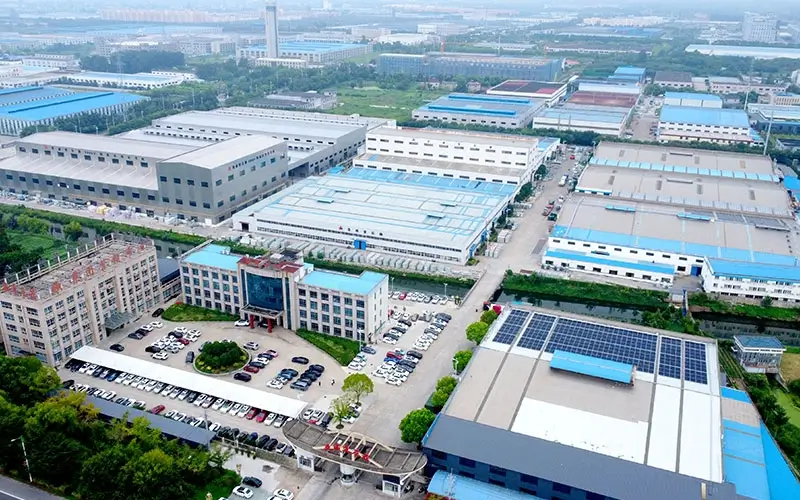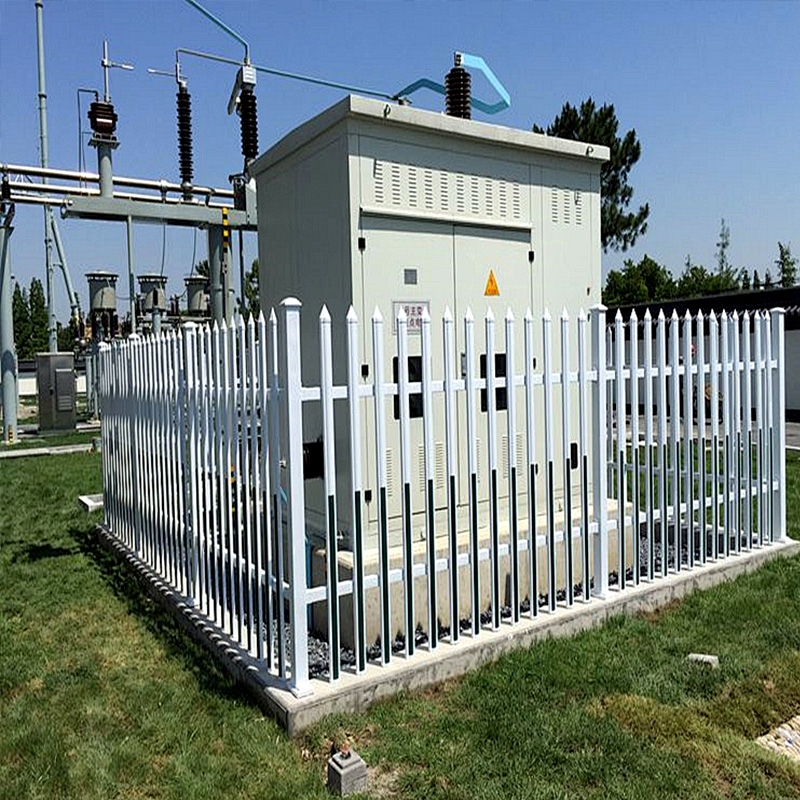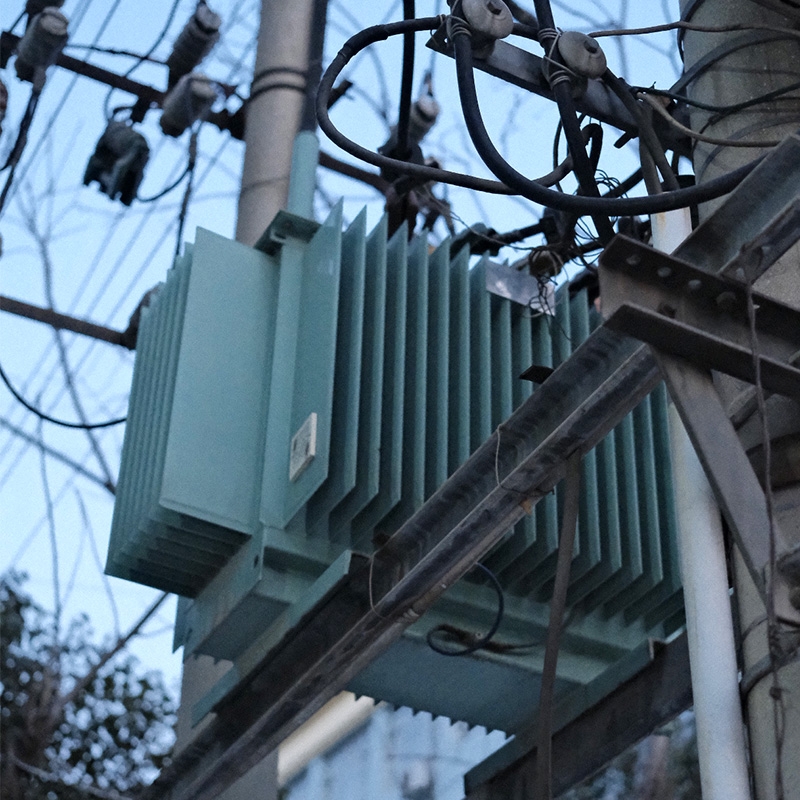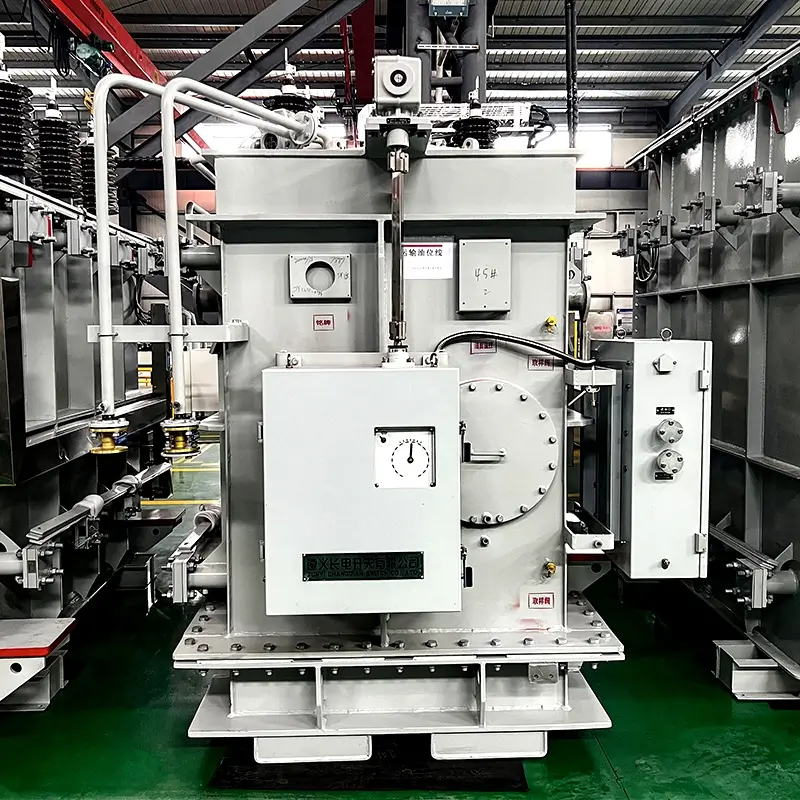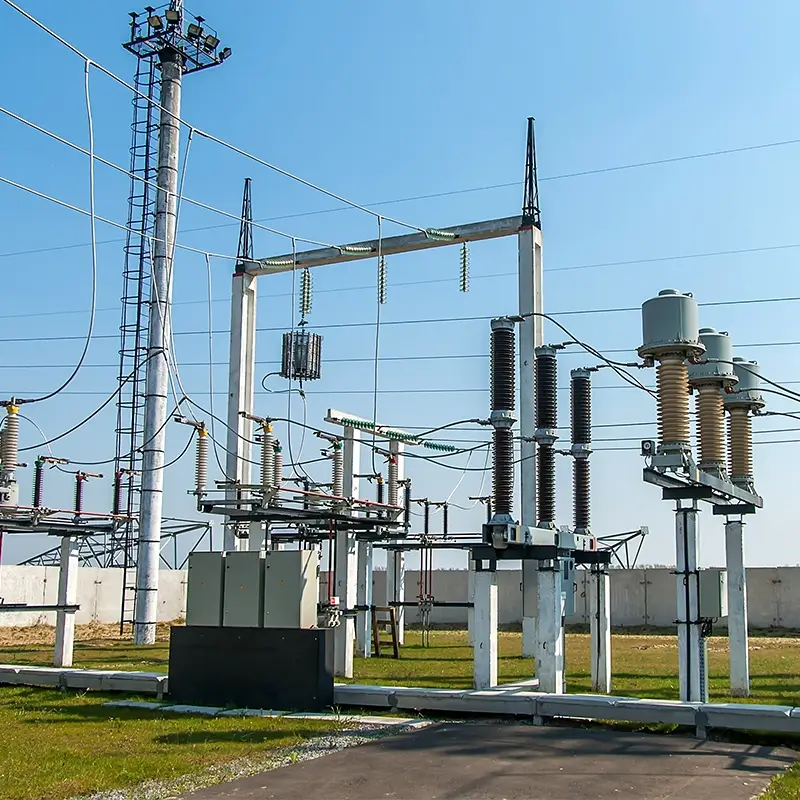Transformer excitation inrush current
Transformer excitation inrush current, just hearing this name sounds complicated, it also has another name "closing inrush current", which is a large current phenomenon that suddenly occurs in the winding of the transformer when the transformer is closed at no-load, that is, when it starts working or reconnects to the power supply. In layman's terms, just like when our high-power appliances (such as air conditioners) are started, because the coils and magnets inside the equipment need to quickly reach the working state, a large amount of current will be temporarily consumed. Transformer excitation inrush current is also a similar principle, but it occurs in the iron core and windings of the transformer. This current is a special current phenomenon in the early stage of the transformer being put into operation.
Residual flux and working flux superposition
We know that the transformer core itself is magnetically conductive, and there is a hysteresis property inside the core material, that is, under the action of the alternating magnetic field, the core will produce a process of magnetization and demagnetization. Before the transformer is put into operation, there may be residual flux in its core. What is residual flux?
Residual flux refers to the residual flux in the transformer core and coil when the AC power is interrupted. This is because when the transformer is working normally, the core will be magnetized, and when the power is cut off, the magnetization will not disappear immediately, but a part of the magnetic flux will be retained.
When the transformer is put into operation, when the magnetic flux generated by the working voltage is in the same direction as the residual magnetic flux in the core, the two will be superimposed, resulting in a total magnetic flux far exceeding the saturation magnetic flux of the core.
Core saturation
If the total magnetic flux after superposition exceeds the maximum value (saturation magnetic flux) that the core can withstand, the core will be like "full" and can no longer absorb more magnetic flux. At this time, a very large current, namely the excitation inrush current, will be generated.
The magnitude of the excitation inrush current is also related to the power supply voltage value and the initial phase angle of closing, the core magnetic flux value and residual magnetic direction before closing, the system equivalent impedance value and phase angle, the wiring method of the transformer winding and the neutral point grounding method, the magnetization characteristics of the core material, the hysteresis characteristics, etc., the core structure type, and the process assembly level.

